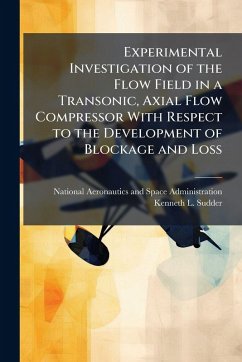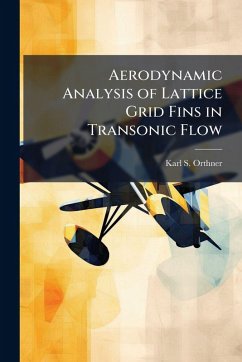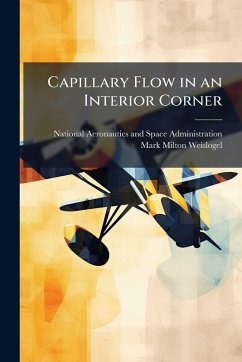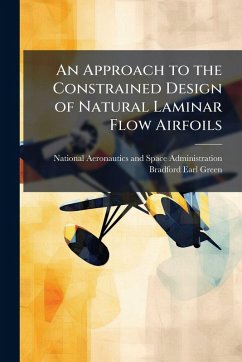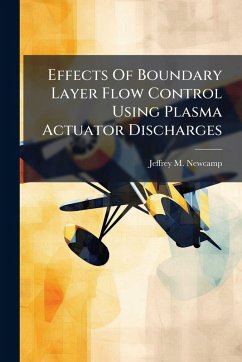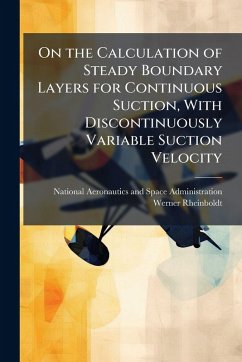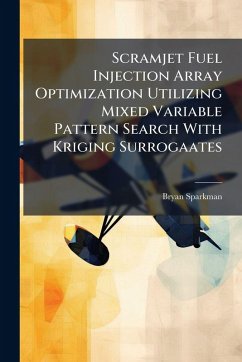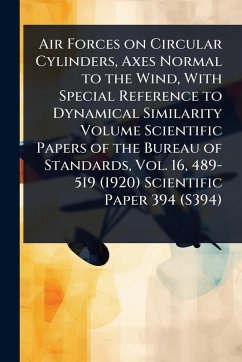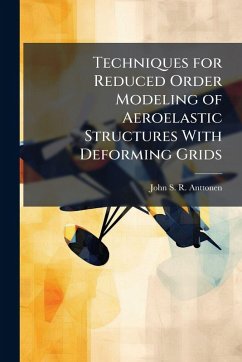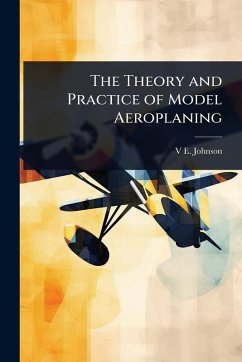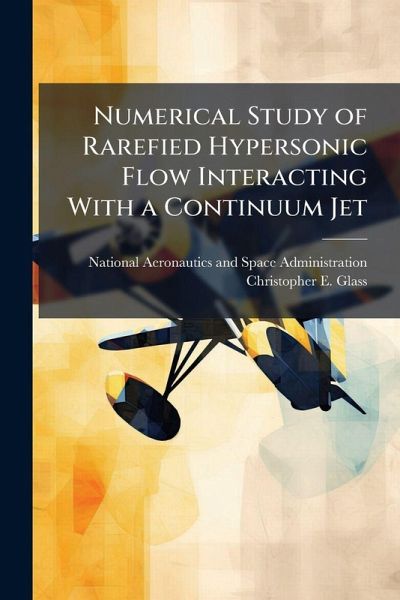
Numerical Study of Rarefied Hypersonic Flow Interacting With a Continuum Jet

PAYBACK Punkte
13 °P sammeln!
An uncoupled Computational Fluid Dynamics-Direct Simulation Monte Carlo (CFD-DSMC) technique is developed and applied to provide solutions for continuum jets interacting with rarefied external flows. The technique is based on a correlation of the appropriate Bird breakdown parameter for a transitional-rarefied condition that defines a surface within which the continuum solution is unaffected by the external flow-jet interaction. The method is applied to two problems to assess and demonstrate its validity; one of a jet interaction in the transitional-rarefied flow regime and the other in the mo...
An uncoupled Computational Fluid Dynamics-Direct Simulation Monte Carlo (CFD-DSMC) technique is developed and applied to provide solutions for continuum jets interacting with rarefied external flows. The technique is based on a correlation of the appropriate Bird breakdown parameter for a transitional-rarefied condition that defines a surface within which the continuum solution is unaffected by the external flow-jet interaction. The method is applied to two problems to assess and demonstrate its validity; one of a jet interaction in the transitional-rarefied flow regime and the other in the moderately rarefied regime. Results show that the appropriate Bird breakdown surface for uncoupling the continuum and non-continuum solutions is a function of a non-dimensional parameter relating the momentum flux and collisionality between the two interacting flows. The correlation is exploited for the simulation of a jet interaction modeled for an experimental condition in the transitional-rarefied flow regime and the validity of the correlation is demonstrated. The uncoupled technique is also applied to an aerobraking flight condition for the Mars Global Surveyor spacecraft with attitude control system jet interaction. Aerodynamic yawing moment coefficients for cases without and with jet interaction at various angles-of-attack were predicted, and results from the present method compare well with values published previously. The flow field and surface properties are analyzed in some detail to describe the mechanism by which the jet interaction affects the aerodynamics. This work has been selected by scholars as being culturally important, and is part of the knowledge base of civilization as we know it. This work was reproduced from the original artifact, and remains as true to the original work as possible. Therefore, you will see the original copyright references, library stamps (as most of these works have been housed in our most important libraries around the world), and other notations in the work. This work is in the public domain in the United States of America, and possibly other nations. Within the United States, you may freely copy and distribute this work, as no entity (individual or corporate) has a copyright on the body of the work. As a reproduction of a historical artifact, this work may contain missing or blurred pages, poor pictures, errant marks, etc. Scholars believe, and we concur, that this work is important enough to be preserved, reproduced, and made generally available to the public. We appreciate your support of the preservation process, and thank you for being an important part of keeping this knowledge alive and relevant.



